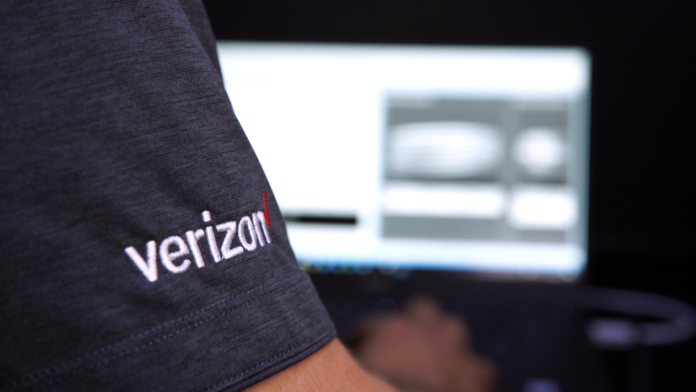Read Verizon’s approach to Open RAN Part 1—vRAN to Open RAN
The Verizon Cloud Platform bringing “significant benefits” around network automation and orchestration
Network virtualization, including virtual radio access network (vRAN) deployments, has been a massive, long-term process for Verizon, and laid the foundation for future Open RAN efforts. This effort is in pursuit of network automation to gain internal efficiencies and creating a more dynamic, responsive network to deliver differentiated services to end users.
Bill Stone, Verizon’s vice president of technology development and planning, told RCR Wireless News during the recent Open RAN Global Forum that the operator is executing on a strategy of deploying and operating virtualized and container-based network functions on its homegrown telco cloud, the Verizon Cloud Platform (VCP).
“We’re already beginning to see significant benefits from this network transformation and our use of the Verizon Cloud Platform,” Stone said. “To name a few, the network functions, given they’re implemented on a common platform, that commonality enables us to bring in the automation and orchestration tooling.”
He continued: “What’s important to note there is that given this is a common platform, that commonality allows us to take the automation and orchestration tooling and apply it broadly across all of the network functions that are implemented on the VCP platform rather than tooling in the past that might be used for a specific vendor or for a specific network function so you would end up with multiple types of tooling.”
The outlook for xApps and rApps
With its Verizon Cloud Platform supporting all of its network functions, Verizon is able to use its automation and orchestration tooling to more dynamically manage and reconfigure its network, making it more responsive and adaptable to customer demand, Stone said. In the context of Open RAN, the RAN Intelligent Controller (RIC) acts as the brains of a radio system by hosting various xApps and rApps.
While still a relatively nascent area, Stone said, “The xApps domain looks to be very interesting…We’re going to be looking at that, keeping an eye on it to see how that evolves and how the complexity trades off with benefit.”
For rApps, Stone noted Verizon’s use of the CellWize RAN automation platform which uses AI and ML to efficiently and quickly design cell sites, thereby facilitating a faster deployment process. That platform lets Verizon “utilize third-party applications that can intelligently control and optimize the network,” Stone said. “I would describe that as a good precursor to the rApp capabilities. So there’s really multiple ways that our cloud platform, and the related new innovative technologies, there’s many ways they’re driving efficiencies already today. And it’s going to continue to enable us to realize additional efficiencies as we move into the future.”
Stay tuned for more on Verizon’s approach to Open RAN, and to revisit content from the Open RAN Global Forum, register for on-demand access to the virtual event.


